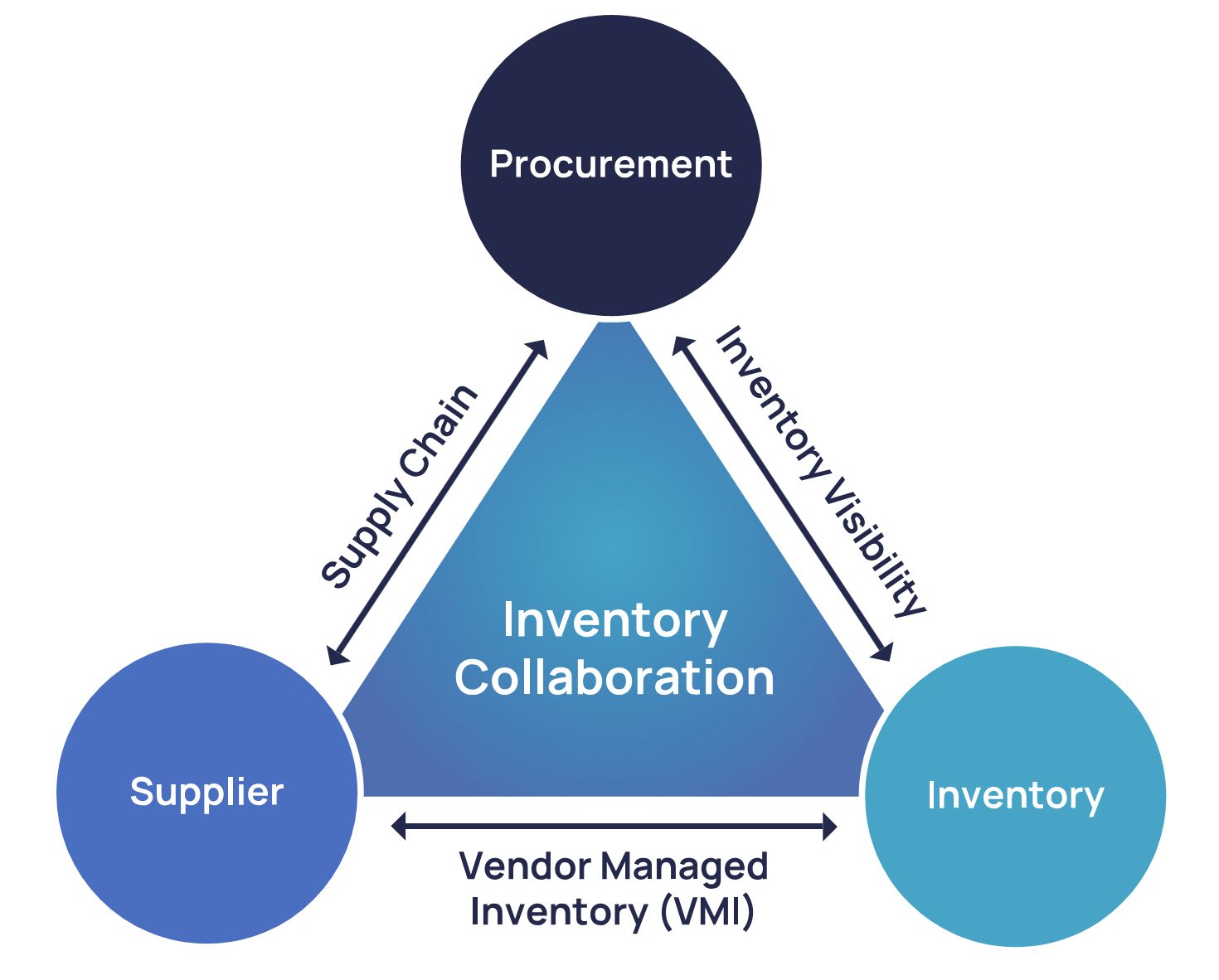Dual Approach to Energy Deals
❮ VSG News
OPINION
How Strategic Collaboration is Shaping the Future of Sustainable Energy and Mining
Article by Arno Saffran, Saturday 21 August, 2025As the global economy accelerates its shift toward sustainability, few industries are undergoing more profound transformation than energy and mining. Long considered the cornerstones of industrial progress, these sectors now face increasing pressure to adapt to climate imperatives, ESG standards, and market disruption.
At the heart of this transition lies a powerful approach: the Strategic Collaboration Model (SCM)—a framework that enables industry leaders to align innovation with resilience, and sustainability with growth.
A New Era for Energy and Mining
The energy sector, historically dependent on fossil fuels, is navigating an era of decarbonization, renewable integration, and regulatory scrutiny. Simultaneously, the mining industry, which provides essential materials like lithium, copper, and rare earths, must meet the surging demand for clean energy infrastructure—electric vehicles, solar panels, and battery storage—without escalating its environmental footprint.
To thrive in this complex environment, companies must deploy a dual strategy: one that embraces technological innovation while optimizing existing systems. This balance is critical to managing risk, maintaining operational performance, and leading the charge toward net-zero goals.
Why Strategic Collaboration Is Key
Enter the Strategic Collaboration Model (SCM)—a structured yet flexible framework for cross-sector partnerships. Unlike traditional joint ventures, SCM is built for complexity. It supports collaboration between legacy energy companies, clean tech innovators, mineral producers, and EV manufacturers, driving forward both near-term resilience and long-term sustainable growth.
Core Pillars of the SCM Approach:
Strategic Alignment: Ensuring that all partners pursue compatible goals—such as reliable energy delivery alongside emissions reduction, or ethical mining coupled with supply chain security.
Resource Sharing: Leveraging complementary assets, from capital and infrastructure to R&D and IP. For example, a hydrogen startup may partner with a global oil major to scale clean fuel technologies using legacy logistics.
Risk Mitigation: Collaborating to distribute the financial, technical, and regulatory risks of sustainability transitions. For instance, an energy firm may align with a critical minerals supplier to safeguard renewable project timelines.
Sustainability by Design: Embedding ESG into the core of operations—not just through compliance, but as a driver of innovation, stakeholder trust, and future-readiness.
The Energy Transition: Innovation Meets Infrastructure
In the energy sector, traditional oil and gas companies are pivoting. Some are investing in wind, solar, and green hydrogen, while others are incorporating carbon capture and storage (CCS) to decarbonize existing assets. The challenge? Balancing the rollout of new technologies with the continued need for dependable, conventional energy sources.
Through SCM, these firms can form strategic alliances with clean energy startups, research institutions, and even competitors—accelerating their low-carbon evolution while maintaining market relevance.
Sustainable Mining: Powering the Green Economy
Mining is no longer just about extraction—it’s about responsible resource development. With demand rising for metals critical to the clean energy transition, mining companies are under pressure to innovate: reducing emissions, improving traceability, and engaging in ethical sourcing.
Strategic collaborations can address this complexity. For example:
EV manufacturers partnering with copper or lithium miners to lock in sustainable supply chains.
Battery producers forming alliances with mining firms to co-develop low-impact processing technologies.
Joint ventures between mining companies and renewable energy firms to decarbonize mine sites using on-site renewables.
Real-World Applications of SCM
A hydrogen fuel startup and a major oil company co-develop clean fuel infrastructure, leveraging capital and scale on one side, and innovation on the other.
A copper miner and electric vehicle brand form a long-term supply agreement, ensuring traceable, low-carbon copper flows into next-gen EVs.
A utility company joins forces with a lithium producer to secure battery storage materials, strengthening grid resilience while advancing energy storage innovation.
These partnerships are not just about operational synergy—they’re about building ecosystems that drive sustainable value creation.
SCM: Inspired by Strategic Thought Leadership
The Strategic Collaboration Model draws from decades of scholarship in competitive strategy (Michael Porter), open innovation (Henry Chesbrough), and transaction cost economics (Oliver Williamson). It represents an evolved form of coopetition—the idea that even competitors can collaborate for mutual advantage in complex markets.
Today, leading consulting firms and multinational corporations are deploying SCM to address ESG, innovation, and digital transformation challenges across energy, technology, and heavy industry.
The Path Forward for Mining and Energy Leaders
As sustainability reshapes global supply chains, regulations, and investor expectations, collaborative innovation will be the defining trait of industry leaders. Energy and mining companies must move beyond internal R&D silos and embrace cross-sector partnerships through models like SCM.
Success in the decade ahead will hinge on the ability to:
Adapt legacy systems without disrupting operations
Innovate continuously to meet environmental and consumer demands
Collaborate with new and unlikely partners for shared advantage
The future of energy transition and sustainable mining will be written not by solitary actors, but by strategic collaborators.
How relevant and useful is this article for you?
★ ★ ★ ★ ☆ 102
ABOUT THE AUTHOR(S)
— Arno Saffran
Arno developed his approach through roles in client development (KPMG) and strategic commercial engagement (affiliated with advisories including Hakluyt), focusing on complex industrial and energy sectors.
VSG works across the extractive value chain, positioning people who form the critical bridge to early-stage relationships and commercial access in complex markets.

